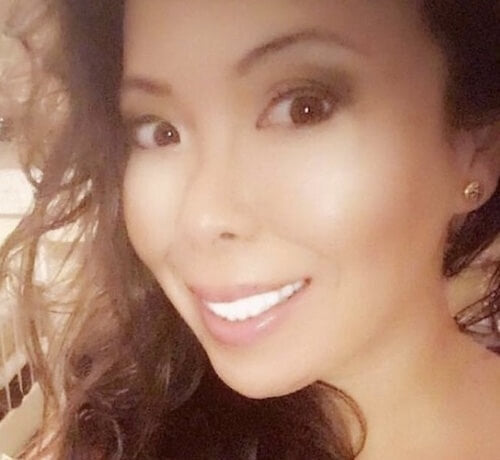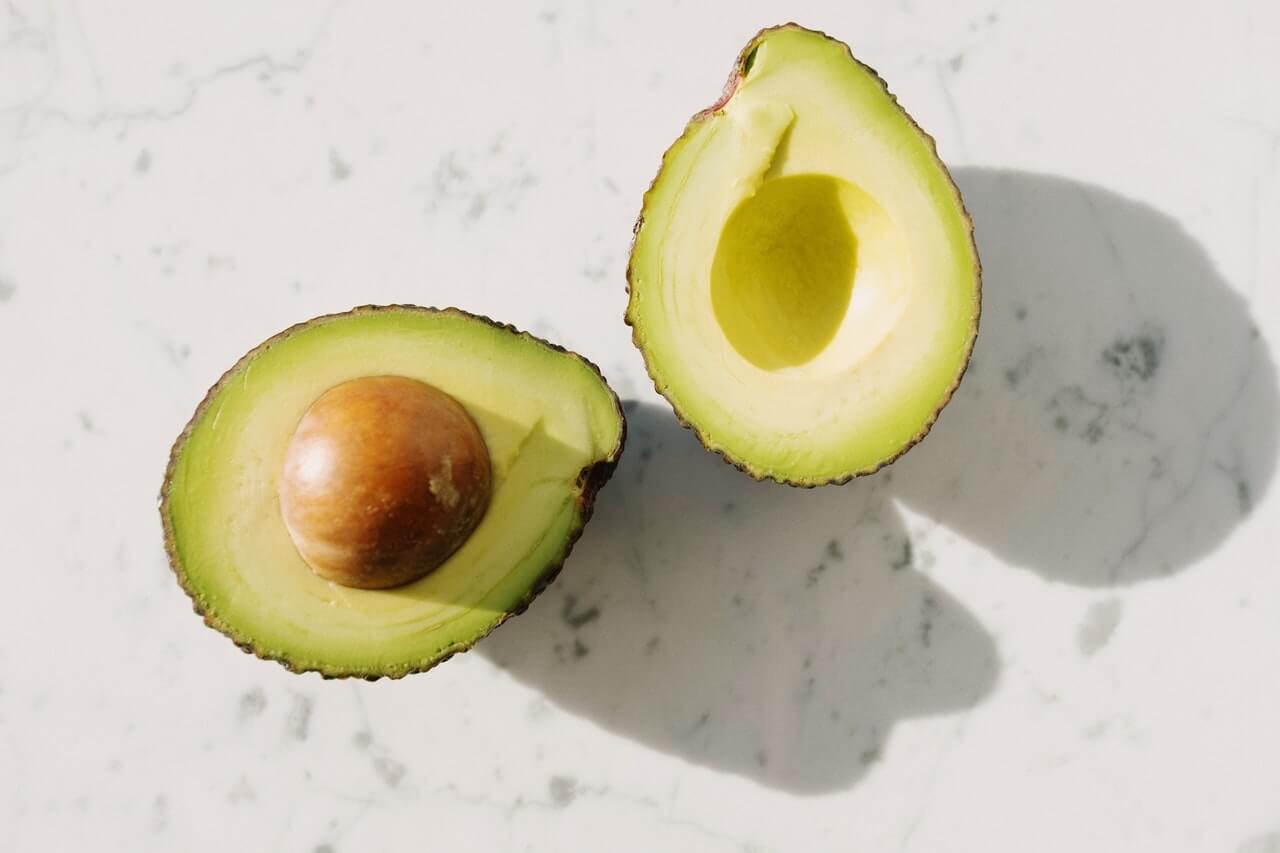Healthy hair starts with a healthy scalp. Unfortunately, a host of scalp issues can occur, including yeast or fungal infections that can potentially lead to negative effects on the hair. That's why practicing proper scalp care is as important as your daily skincare routine.
Read on to learn more about caring for your scalp and preventing potential scalp infections — plus, you'll learn about the best products for a healthy scalp.
What Is a Scalp Yeast Infection?
A scalp yeast infection is a type of fungal infection, which is often accompanied by telltale itching. And while fungal infections are most often thought to occur on other areas of the body, these infections can also occur on the delicate skin of the scalp.
“A scalp yeast infection is where there is an overgrowth of yeast on the scalp," said Dr. Dennis Gross, board-certified dermatologist and dermatologic surgeon. "You can get a yeast infection on any part of the body. Yeast infections typically develop in an area that is closed off from airflow and moist. It can also be caused by medical conditions, medications, stress and even certain hair products that are too harsh.
“You can identify a yeast infection on the scalp by looking for red cracks or patches, white flakes and white pus-filled pimples. Because there are several other conditions that have similar symptoms, you need to go to a doctor or dermatologist to determine if it is a scalp yeast infection."
According to research, most yeast infections of the skin are caused by a yeast fungus species known as Candida albicans, but that's not the only type of yeast scalp fungus that occurs.
Shop: Scalp Health & Dandruff Products
Malassezia Furfur
“Malassezia furfur are the normal flora yeast scalp fungus that reside on everyone’s scalp and other hair-bearing areas; that means they are not a scalp infection,” said Dr. Audrey Kunin, board-certified dermatologist and founder and chief creative officer of DERMAdoctor. “However, overgrowth or sensitivity to their presence can drive scaling, itching and redness. The result is seborrheic dermatitis.”
Read: Compare GRO vs GRO+ Advanced
Seborrheic Dermatitis vs. Scalp Yeast Infection
Seborrheic dermatitis is a more severe and often, more visible, form of dandruff. It may give you similar symptoms as a scalp yeast infection; however, it's not. In this common condition, there might be noticeable flaking skin or flaky scales.
With both seborrheic dermatitis and a scalp yeast infection, itchy skin, dead skin and flaking can occur. And repeatedly scratching and applying chemical treatments to the area (due to either condition) can potentially damage hair follicles and result in hair loss, so it's important to get your symptoms evaluated by your doctor right away.
Note that if you have itchy, flaking and peeling skin, along with scaly patches or circular bald patches, these symptoms could be the result of another type of fungal infection called tinea capitis, also known as scalp ringworm. Tinea capitis is not a scalp yeast infection, but it does need to be evaluated by a doctor.
Doctor's Orders: Take Action ASAP
Leaving any type of scalp fungal infection (including candida infections) untreated could lead to a whole slew of uncomfortable symptoms and unwanted issues, such as damage or hair loss.
“An infection on the scalp can damage hair follicles and result in hair loss if left untreated," said Dr. Gross. "The yeast can also spread beyond the scalp into your eyes, mouth and bloodstream — this causes serious illness."
“If left untreated, hair loss, secondary bacterial infection and unsightly flaking and unrelenting itching are all possible," said Dr. Kunin. "Your dermatologist may need to prescribe more powerful options at that point."
Head to your dermatologist for professional medical advice if you’re concerned about a potential scalp yeast infection or sudden hair loss. To treat fungal infections, in some cases, an oral antifungal or other prescription antifungal medication may be needed. In the interim, you may want to reconsider your regular routine when it comes to caring both for your hair and scalp, like including a daily serum to boost your hair's health.
Practice Prevention
Be extra mindful in how you care for the skin, scalp and hair. Your skin is the body’s largest organ, making how you treat it very important. As hair wellness begins at the scalp, focus on scalp health for the prevention of any issues.
Integrate hair wellness products tailored to meet the needs of and maintain your overall scalp and hair health into your daily habits. Dr. Gross recommends practicing good hygiene habits, eating a healthy diet and avoiding the overuse of antibiotics and steroids. And if you notice any persistent scalp itches, take appropriate action.
Here are some additional ways to promote the health of your scalp:
Do a Weekly Scalp Detox
Treat your scalp with TLC using GRO Scalp Detoxifying Treatment each week. Think of it like a weekly deep clean with the benefits of exfoliation. These serums remove stubborn scalp buildup, soothe skin damage and reduce irritation. Baobab and marula oils offer extra antioxidant support while Omega 6 & 9 fatty acids moisturize and protect the scalp and hair from damage. Check out this amazing before and after photo from using GRO Scalp Detoxifying Serum!
Practice Scalp Self-Care
“Maintaining a balanced, acidic skin chemistry can be beneficial and help keep yeast from flourishing, " said Dr. Kunin. "Using a pH-balanced shampoo and conditioner or a vinegar rinse can be helpful. To help stave off scalp fungus, begin with proper scalp care and regular scalp and hair maintenance rituals."
Cleanse Your Scalp and Hair Appropriately
"Look for shampoos that contain pyrithione zinc, which inhibit [the] growth of yeast and can help exfoliate away dandruff flakes," said Dr. Kunin. "Be sure to use a nourishing, replenishing conditioner to prevent hair from becoming dry or damaged if using these types of products."
Think Holistically for Hair & Scalp Wellness
A healthy scalp and head of hair are best served with a holistic approach.
Besides using targeted hair wellness products to pamper your scalp, skin and hair, also eat a nutritious diet, stay hydrated, practice good hygiene, engage in regular exercise and keep stress levels under control.
Taking an intrinsic, holistic approach to wellness will be mirrored and reflected externally in a balanced scalp and head of hair that looks and feels visibly more healthy, lustrous and strong!
#include-related-slider#
More from VEGAMOUR
- Side Effects of Minoxidil You Can't Ignore
- 7 Autoimmune Diseases That Might Cause Hair Loss
- What to Expect From a Hair Pull Test at the Dermatologist
- Can Baking Soda Help Hair Grow?
Photo credit: AndreyPopov/iStock
Back





















